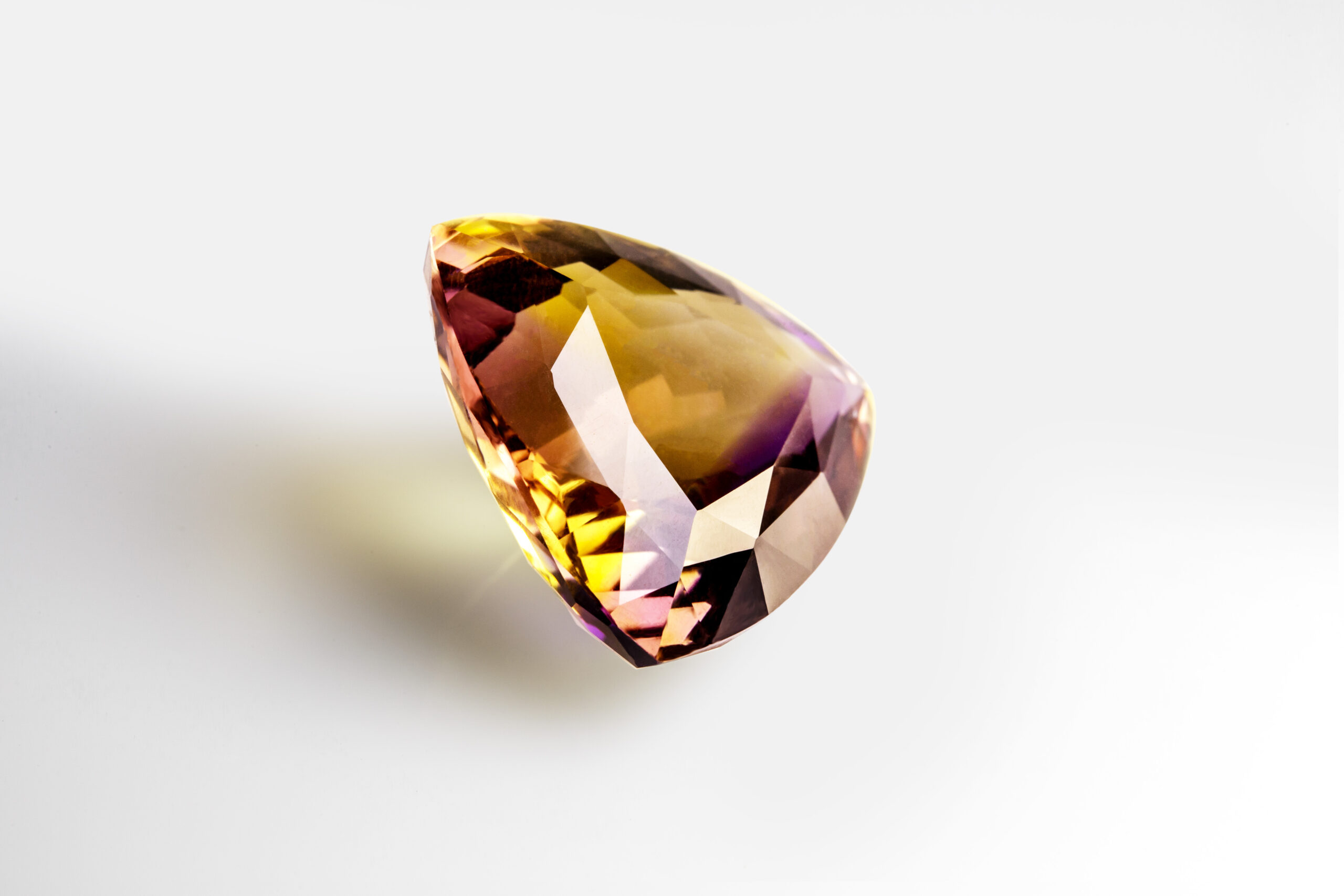
Ametrine Facts – Characteristics and Properties
Ametrine is a gemstone which is extremely popular among many gemstone and jewelry lovers. It is one of the most beautiful and sort after bi-color gemstones. Given its beauty, the price you pay for an ametrine is also extremely reasonable compared with some other gemstones.
I am going to go through some very interesting ametrine facts in this article. It is going to cover a bit of background, chemical and physical properties as well as valuing an ametrine.
Let’s get started.
Background
Quartz is a mineral which is used in many of the objects we come in contact with on a day-to-day basis. Much of this is mined from sand, but quartz crystals used in jewelry are often found projecting from cave walls or inside the geodes. Ametrine, a variety of quartz crystal, goes by a variety of names.
Firstly, Ametrine itself is a composite of the words Amethyst and Citrine. The word order is interchangeable, where it is also known as Amethyst-Citrine but also Citrine-Amethyst. Furthermore, it is also known as trystine, golden amethyst, and bolivianite, a nod to its historical roots and the location of the largest commercial mine.
It is this combination of two distinct quartz crystals that makes this gem so desirable. A good gem distinctly displays the hues of both amethysts and citrine, giving it a stunning and unique look.
Characteristics of Ametrine
Ametrine is a variety of quartz crystal, otherwise known as Silicon Dioxide (SiO₂). You are probably familiar with quartz although you may not be aware of it. The shiny flecks in sand at the beach are small amounts of quartz.
What makes quartz valuable as jewelry are the varieties that occur with the inclusion of additional elements. In the case of Ametrine, Amethyst, and Citrine, that element is iron (Fe).
The distinct color differences are due to the oxidation states of the iron, with un-oxidized iron in Amethysts resulting in purple and oxidized iron in Citrine resulting in orange coloring. Ametrine contains iron in both oxidized and unoxidized states.
Technical Ametrine Facts
Some useful technical ametrine facts are summarized in the table below.
| Chemical Composition | Silicon Dioxide (SiO2) |
| Hardness | 7 |
| Refractive Index | 1.544 – 1.553 |
| Specific Gravity | 2.63 – 2.65 |
| Crystal System | Hexagonal |
| Dispersion | 0.013 |
| Pleochroism | Amethyst side – weak to moderate ( Reddish to purplish red)
Citrine side – very weak (yellow/orange) |
| Critical Angle | 40.490 |
| Cleavage | None |
| Luster | Vitreous |
| Fracture | Conchoidal |
| Treatment | Not common to find treated Ametrine |
Below is an image of a rough ametrine stone.
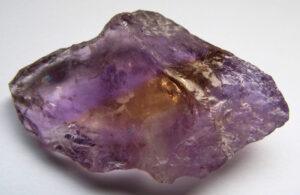
Value of an Ametrine Gemstone
Like other gemstones, an Ametrine’s value is primarily determined from four basic criteria (the four C’s): color, cut, clarity, and the carat weight. An additional factor that increases the value of Ametrine, are the gradients of color that highlight the beauty of the gem.
Color (Hues, Saturation, and Tone)
When it comes to the color of an ametrine gemstone, the most desirable gems are those that show a medium-dark to relatively strong orange, and rich to strong purple. When the boundaries between the colors are distinct, arresting and intriguing patterns can emerge. There is a myriad of possible patterns with the more distinct and rare the pattern, the greater the value of the gem. Larger gemstones over five carats tend to show the most intensely saturated hues.
Cut
The cut of an Ametrine gemstone has a great impact on the appearance of the gem and the way it plays with light. The cut of this gemstone varies greatly due to the varied delineations of the hues within the gem.
One of the most popular and impressive cuts used is emerald or regular step cut. This style is impressive because it effectively displays the bicolor effect. However, many connoisseurs seek out imaginative and fantasy cuts to highlight the beauty of the stone. Cutters attempt to use internal reflections to mix and bring out the internal colors within the gem.
Clarity
When it comes to clarity, the majority of multi-faceted Ametrine on the market is eye-clean, meaning that it does not have any inclusions visible to the naked eye.
Carat Weight
The carat weight (1 carat equals 200 milligrams) for Ametrine is the same for any other gemstone. The greater the carat weight, the greater the value of the gem. One thing to consider, as the carat weight increases, the price of the gemstone increases exponentially. When it comes to Ametrine, the carat weight is especially important as the larger stones tend to have the most intense and vivid colors.
Additional Factors Affecting Value
Although the value of an Ametrine gemstone is primarily determined by the 4 C’s there is one contributing factor that further determines value.
Gradients:
Ametrine gemstones as naturally occurring gems, come in a wide variety of looks. The gradient of color varies from gem to gem, resulting in a myriad of possible designs. These gradient patterns vary from bi-colored gems to fractal patterns and blended regions. Cutters use their skills to highlight these unique gradient patterns.
Treatment:
Along with Citrine and Amethysts, Ametrine may be subjected to treatment. In the case of Amethysts, heat treatment is used to remove unwanted brown inclusions in the gem as well as lightening overly dark gems. Furthermore, this treatment is used to convert some forms of Amethyst into Citrine.
Heat treatment and beta-irradiation are used to modify the color gradient in Ametrine as well as increasing the saturation of the gem.
Synthetic and Artificial Ametrine
Synthetic and artificial Ametrine is available on the market. But these are generally not created from raw material, due to the plentiful nature of the component quartz material. Instead, Amethysts and Citrine gems are treated with differential heat treatment and beta-irradiation to create Ametrine.
Synthetic Ametrine (lab-grown) in the low range of the market may have properties not found in naturally occurring gems. This includes color variations of green-yellow and/or golden-blue.
Mining of Ametrine
The only commercial Ametrine mine in the world at present is the Anahi mine located in a remote area of southeastern Bolivia. Here, naturally occurring Citrine, Amethyst, and Ametrine are mined in quantities found nowhere else on the planet. However, there are other smaller mines located throughout the world.
The Fascinating History and Lore of Ametrine
I will not do justice to the topic “Ametrine Facts” if I do not share this historical story of how ametrine was found.
According to legend, the Anahi mine was “discovered” during the 1600s by a Spanish conquistador who made contact with the local Ayoreo tribe. The daughter of the chieftain fell in love with the conquistador and obtained her father’s permission to marry. As a dowry, the chieftain bestowed a mine on the conquistador that produced beautiful bi-colored gems. The conquistador, being more preoccupied with gold silver and other contemporary valuable treasures, did not pay much attention to these gems.
When the conquistador decided to return to Spain, the princess Anahi, although torn between the love for her tribe and love for her husband, ultimately decided to follow him. Enraged, the tribesmen conspired to kill the conquistador to prevent him from leaving. The princess, however, warned him and they fled.
During a confrontation, the princess Anahi was injured by her people which ultimately led to her death. Dying of her wounds, Anahi placed a stone from the mine in the conquistador’s hand, remarking that it was a token of her eternal love. As she died in his arms, he noticed the bi-colored aspect of the stone and remarked on the perfectly blended purple and orange coloring which represented the princess’s love for her people and her husband.
Returning to Spain, the conquistador, introduced the gem to Europe and presented several specimens to his queen. Thereafter, the mine was lost for more than three centuries until it was rediscovered in the 1960s. It is from this legendary princess that the mine takes its name.
Here is video of the Anhi mine in Bolivia.
Wrap Up
Anyone that sees this brilliant gemstone and the many beautiful varieties that it takes will be eager to learn more ametrine facts.
The brilliant colors, the captivating designs, and last but not least, the romantic legend surrounding its introduction to the larger world, all come together to fulfill the requirements of treasure in an adventure story.
I hope I managed to provide you with some useful knowledge and would love to hear some comments from you. Also, please shoot any question you might have.
p.s
If you are thinking about buying one of of these wonderful stones or a jewelry made of it, this article might give you some tips to do it online.
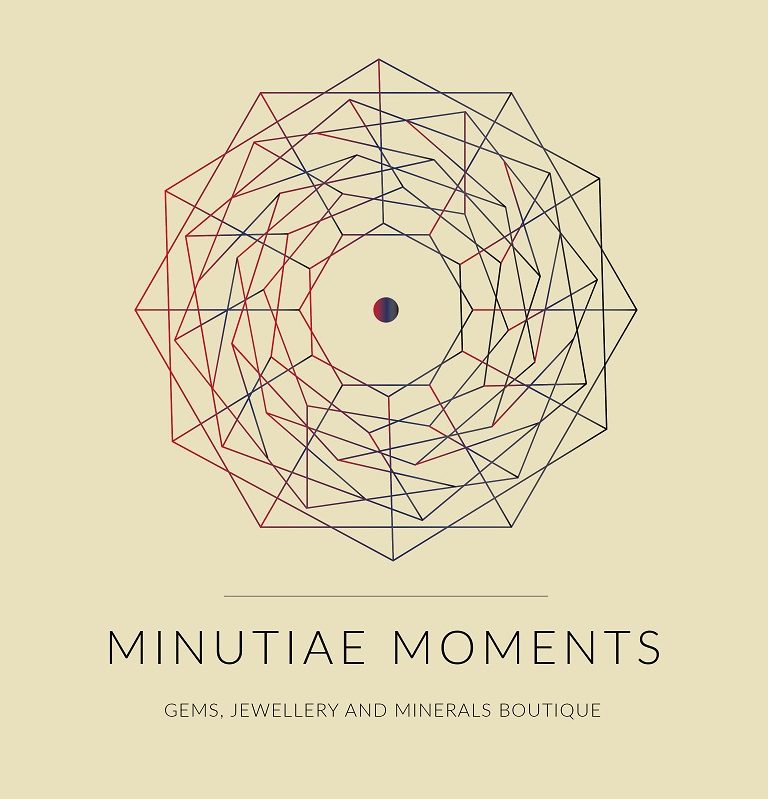
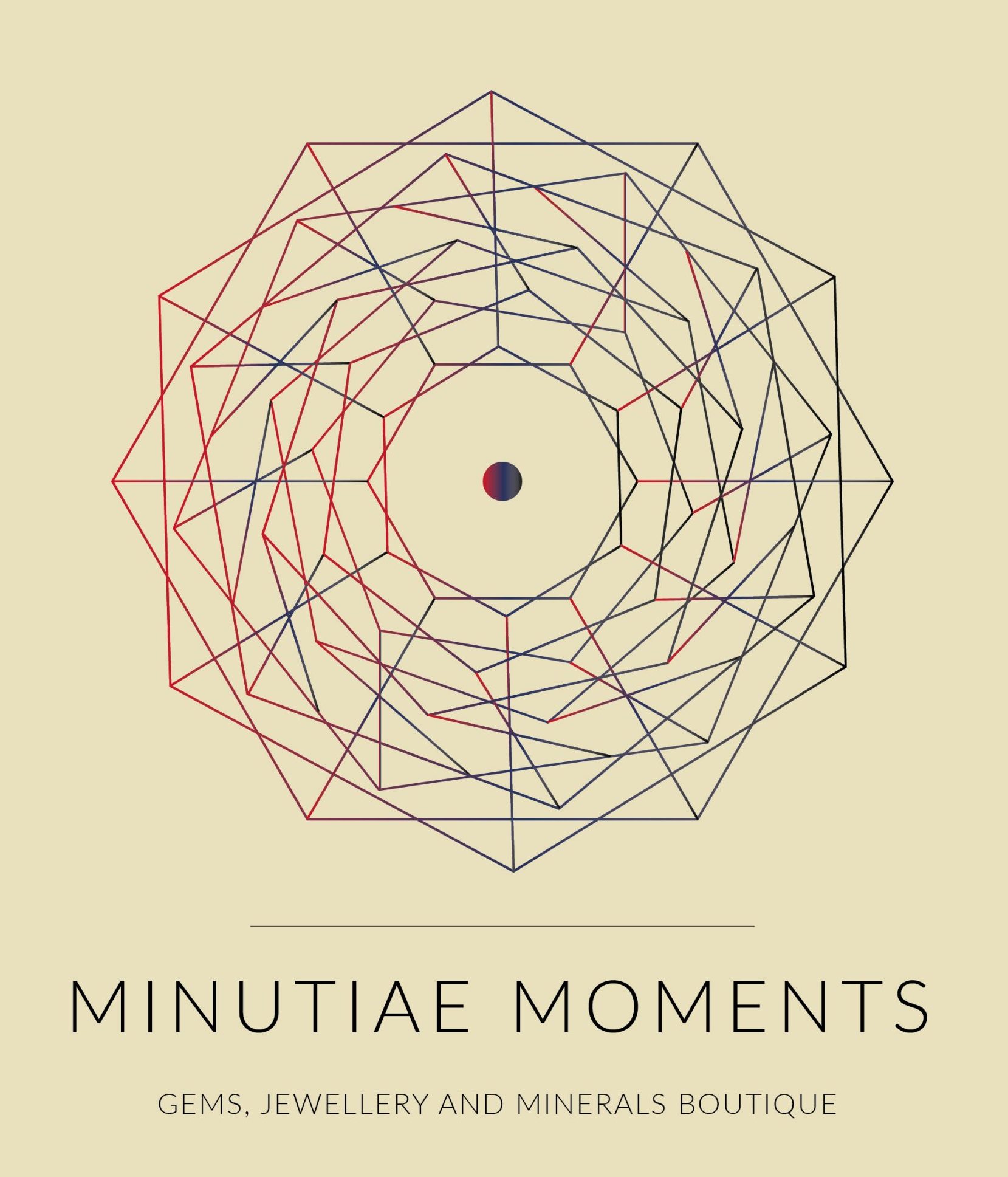
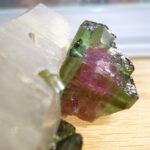
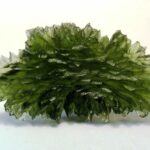
Thank you for sharing that information. It looks to be a rather distinctive colour, I’ll admit I haven’t seen any such gems before, this probably contributes to the allure of the gem. The history is also rather interesting, it’s nice to know the background to the stone as it often makes you appreciate the value and work that has gone into producing such an item.
Hi Sharon,
Yes true. The history and the amount of work goes into a gemstone truly ads a lot of value to the stone. Glad to hear that you got to know something new.
Love it! Crystals amaze me, thanks for all the information!
Thank you Sammi. Ya, crystals are indeed amazing. Happy to see that you liked the article.
your in depth information about ametrine, has been very helpful. with your website i can contribute in the world of gem stones now. good job
Thank you Ibrahim. Glad you like the article.
Sounds like a really beautiful gemstone! I would love to see it in person one day. I love that you shared the history of it too. Thanks for the great info! I’ve learned a lot.
Thank you Carla. I am glad that you liked the article and managed to learn new things.